Deck & Commander Strategies
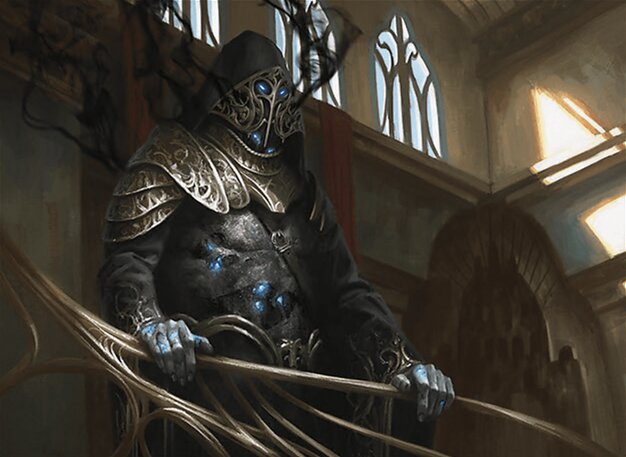
Gonti, Lord of Luxury
Control and disruption through stealing opponent's cards, removal of key threats, and leveraging mono-black efficient spells to maintain board presence and card advantage.
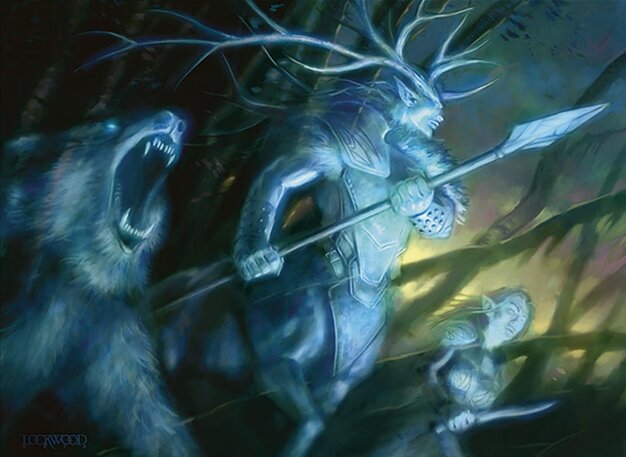
Karador, Ghost Chieftain
Utilize graveyard recursion and token generation to gain incremental advantage, supported by sacrifice outlets and value-driven spells to outlast opponents.

Omnath, Locus of Rage
Exploit landfall triggers to create elemental tokens and deal damage, combined with land ramp and destruction to control the pace and pressure opponents aggressively.
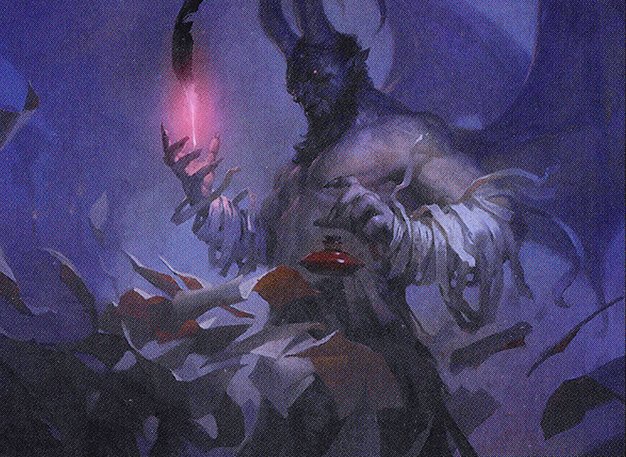
Vilis, Broker of Blood
Aggressively draw cards and grow through damage dealt and life loss, supported by auras, equipment, and sacrifice synergies to overwhelm opponents with sustained value and board presence.
Gameplay Insights
- 1
Miguel's consistent use of land destruction and artifact/enchantment removal helped slow down opponents’ ramp and key equipment, disrupting their tempo effectively.
- 2
Jameson's Vilis deck capitalized on incremental life loss and damage triggers to draw multiple cards, fueling a powerful mid-game threat presence.
- 3
Max's use of sacrifice outlets like Alter of Dementia and evolutionary leap enabled efficient self-mill and card filtering, maintaining resource advantage despite mana losses from Mana Crypt.
- 4
Dom's Mimic Vat proved versatile, allowing him to reuse valuable creatures like Pride Mage and disrupt opponents’ auras.
- 5
The timing of board wipes like Dead of Winter was crucial to reset the board state while preserving snow permanents to maximize the effect.
- 6
Strategic blocking and combat decisions, such as Vilis blocking Omnath's tokens to trigger card draw, were key to maintaining tempo and controlling damage distribution.
- 7
Multiple players demonstrated careful resource management by holding mana open for instant-speed interaction or sacrifice triggers, highlighting the importance of flexibility in multiplayer Commander matches.
Notable Cards
-
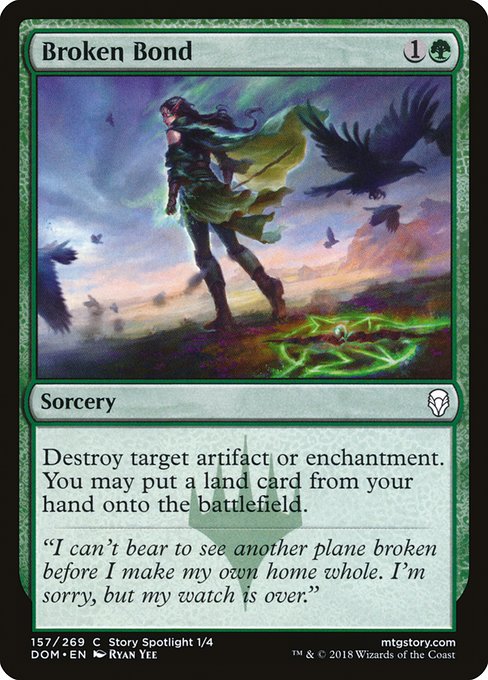
Broken Bond
-

Myriad Landscape
-
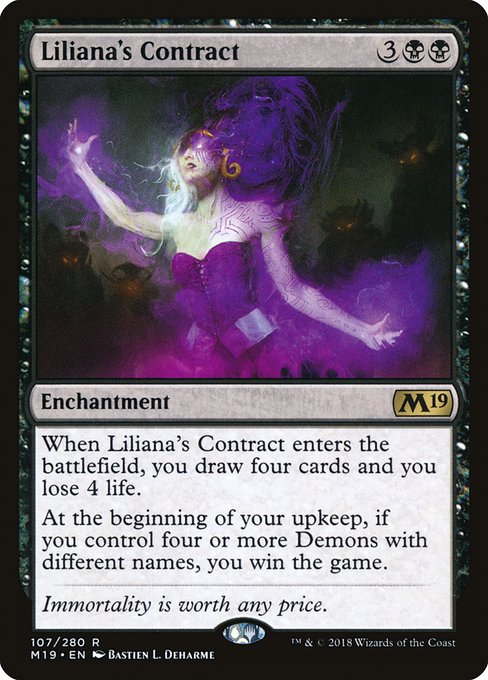
Liliana's Contract
-
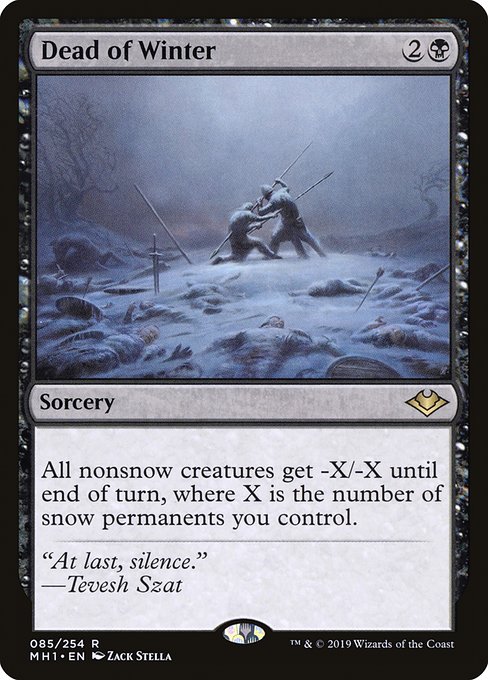
Dead of Winter
-

Hammer of Purphoros
-
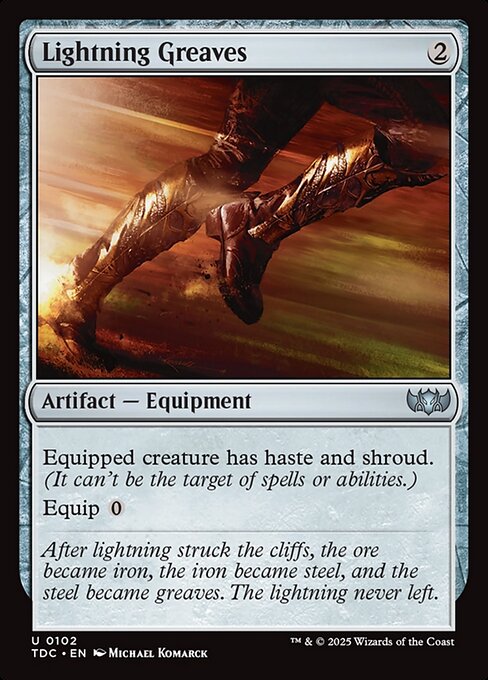
Lightning Greaves
-
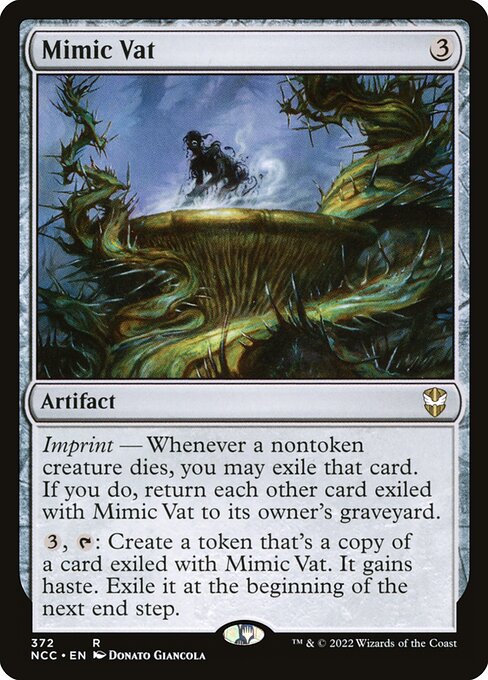
Mimic Vat
-
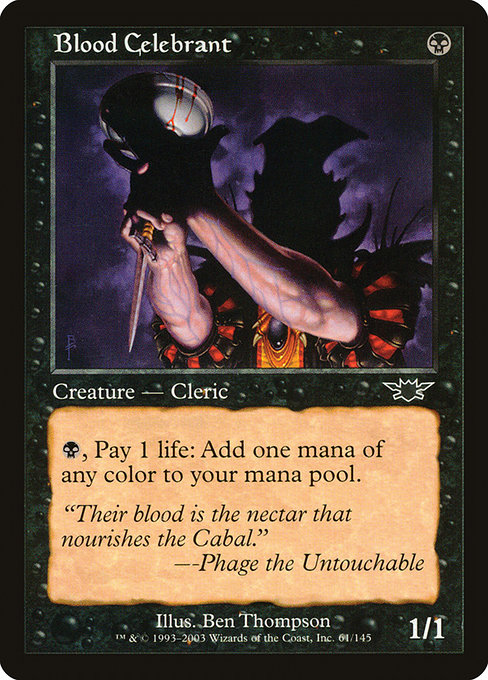
Blood Celebrant
-
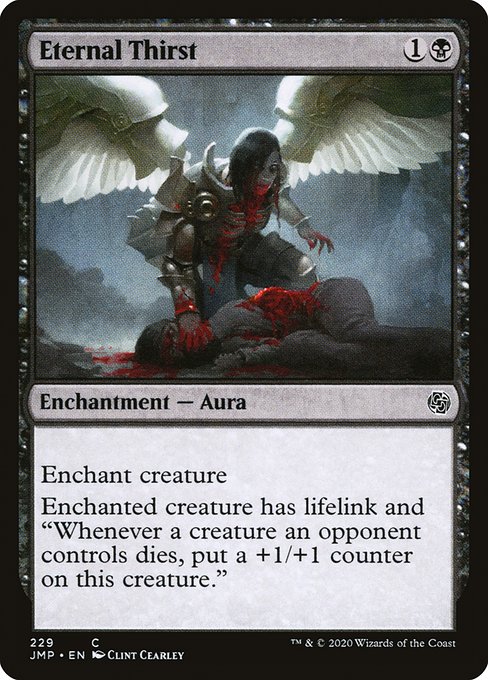
Eternal Thirst
-
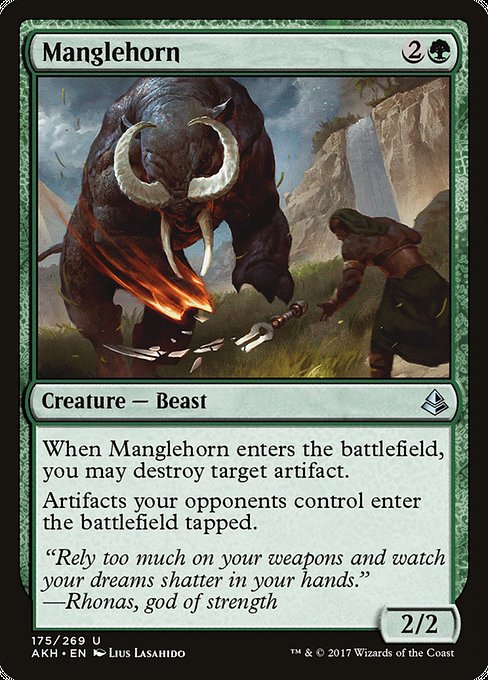
Manglehorn
-

Skyshroud Claim
Gameplay Summary
The game began with all players setting up their mana bases and early plays, with Vilis leveraging ramp and card draw to fuel his combo potential, Omnath generating elemental tokens and exploiting landfall triggers, Karador focusing on graveyard recursion and value, and Gonti controlling the board with disruption and removal.
Early turns saw aggressive land destruction and artifact/enchantment removal, notably Miguel's Omnath deck using spells like Broken Bond and Nature's Claim to keep opponents in check while building elemental tokens for pressure.
Max's Corridor deck utilized creatures like Vivian Champion of the Wild to protect key pieces and generate value through self-mill and sacrifice outlets. As the game progressed, Vilis began to dominate the board with a growing army supported by auras and equipment, drawing cards and generating incremental advantage through damage dealt and life loss triggers.
The interaction between Karador's tokens and removal provided some defensive plays, but the board was heavily contested with recurring threats and targeted removal.
Omnath's aggressive swings and landfall triggers applied consistent pressure, but a coordinated effort from other players, including removal of key Omnath pieces and disruption of ramp, slowed Miguel's momentum. The game featured pivotal moments such as the destruction of Lightning Greaves, multiple sacrifices to maximize effects like Alter of Dementia, and timely use of board wipes like Dead of Winter to reset the battlefield.
Vilis's ability to draw cards and grow stronger through combat damage became a central theme, while Max's deck exploited self-mill and creature tutoring to maintain a steady flow of threats and answers.
The gameplay emphasized resource management, strategic removal, and maximizing synergies to outlast opponents in a dynamic multiplayer environment.












































